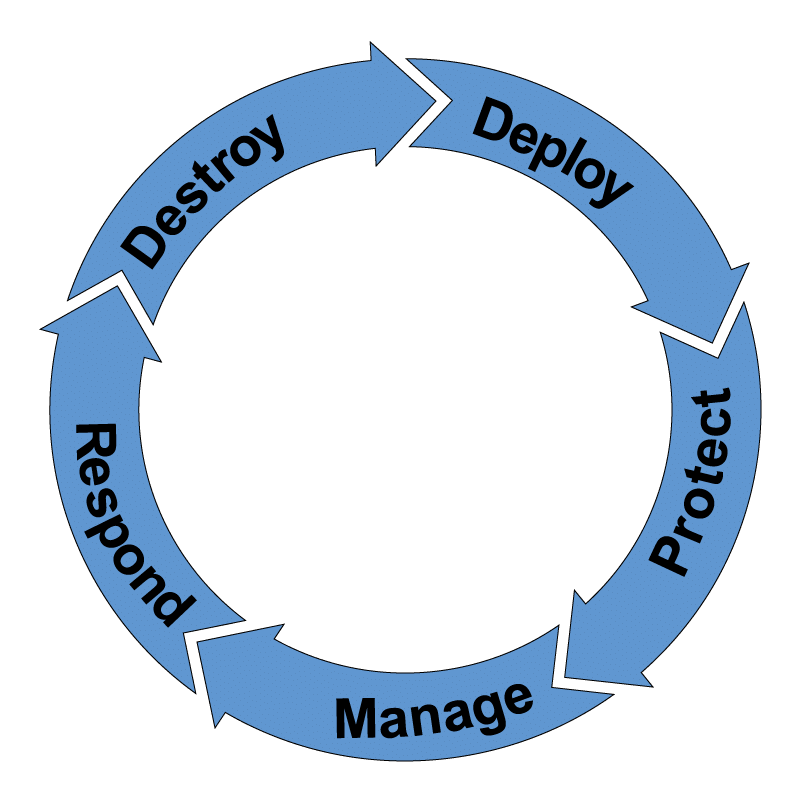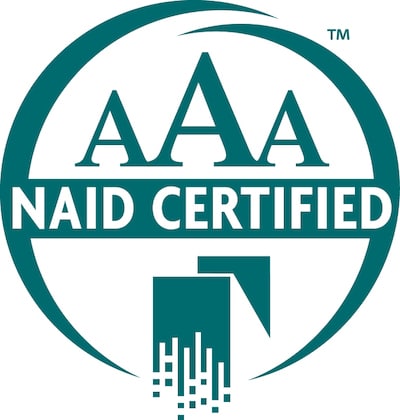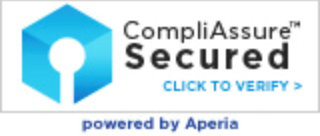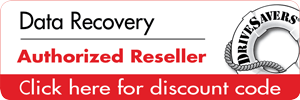Continuous Compliance In Practice: Building Real-Time Assurance
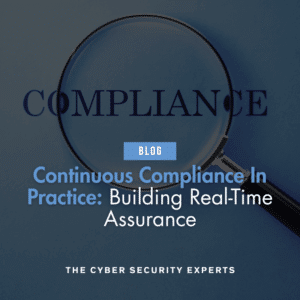 Annual audits and once-a-year assessments are useful checkpoints. But they are not enough on their own. Between those dates, the environment changes constantly. People join and leave the organization, new vendors connect to your systems, and cloud services are added with a few clicks.
Annual audits and once-a-year assessments are useful checkpoints. But they are not enough on their own. Between those dates, the environment changes constantly. People join and leave the organization, new vendors connect to your systems, and cloud services are added with a few clicks.
If you only discover misconfigurations or missing controls during that next audit, you have already lived with unmeasured risk for months. That is the gap continuous compliance is meant to close.
Continuous compliance is the ongoing process of monitoring and maintaining adherence to regulatory, legal, and internal security requirements as part of daily operations. It replaces the old pattern of frantic evidence collection before an audit with a steady rhythm of checks, alerts, and updates that run throughout the year.
Why Point In Time Audits Leave Dangerous Blind Spots
The business case for continuous compliance has become much clearer over the past few years. Compliance leaders increasingly see GRC as a strategic enabler rather than a cost center. A global survey found that more than three-quarters of C-suite leaders believe compliance contributes significantly or moderately to business objectives.
At the same time, the cost of getting compliance wrong continues to rise. Recent research shows:
- The global average cost of a data breach reached $4.44 million in 2025.
- In the United States, the average cost of a breach is now above $10 million.
- Breaches involving noncompliance factors can cost hundreds of thousands of dollars more on average than breaches in more mature environments.
Despite those numbers, only about 29% percent of organizations report that their compliance programs consistently meet internal and external requirements. The rest operate in a gray area, where manual processes, scattered tools, and unclear responsibilities lead to missed requirements and last-minute scrambles before audits.
When you zoom out, the problem is not a lack of effort. It is the way the work is organized. Traditional point-in-time approaches are:
- Reactive: they focus on preparing for a specific date rather than continuous risk
- Labor-intensive: evidence must be collected manually from many systems
- Error-prone: spreadsheets and screenshots become the primary source of truth
Continuous compliance turns that model around. The objective is not simply to pass the next audit. It is to maintain a defensible, measurable level of control effectiveness on a daily basis.
What Continuous Compliance Looks Like Day To Day
Continuous compliance is not a single product or switch to turn on. It is a set of practices supported by automation, clear governance, and reliable telemetry. A mature program usually includes several core elements.
- Defined control set across frameworks
Most organizations must answer to multiple regulations and standards. Rather than reinvent the wheel for each one, continuous compliance begins with a unified control catalog mapped across frameworks such as NIST CSF, SOC 2, ISO 27001, HIPAA, and others. - Automated data collection and monitoring
Controls are not useful without data. Continuous compliance platforms connect to cloud services, identity tools, ticketing systems, and security platforms to retrieve configuration data, logs, and activity records on a regular schedule, often in real-time. - Policy and exception workflow
Deviations from standards will happen. A practical program includes workflows to review exceptions, document business justifications, set expiration dates, and monitor when exceptions should be revisited. - Risk and compliance analytics
Collected data is turned into key risk indicators and key performance indicators that show trends over time. Leaders can see which domains are improving, which ones are slipping, and where to apply new resources.
Industry research shows that continuous compliance is no longer a niche idea. More than 90% of companies plan to implement continuous compliance capabilities within the next five years. Analysts also project that continuous compliance platforms will reach several billion dollars in annual market value by 2027, underscoring the rapid maturation of the space.
How Automation Reduces Audit Fatigue And Shortens Response Times
The greatest value of continuous compliance often shows up during two stressful moments. The first is audit season. The second is an actual security incident.
On the audit side, automation dramatically reduces manual evidence work. Recent research on GRC programs has found that organizations rely on several tools to gather audit evidence, with only about 39% of this process currently automated. That leaves teams spending hours each week manually pulling screenshots, exporting reports, and validating configurations.
When evidence collection is integrated into daily workflows, those artifacts already exist by the time an auditor arrives. Examples include:
- Access review attestations that are completed on a regular cadence
- System hardening reports that show configuration drift over time
- Vulnerability management metrics that track remediation and aging
- IT asset disposition reports confirming data destruction at the end of life
The same automation that feeds audits also improves security outcomes. Continuous monitoring can surface misconfigurations, unusual access patterns, or missing controls within hours or days rather than months. Combined with alerting and workflow, this gives security teams the means to reduce the window between detection and response.
This is especially important when breach costs remain high. Studies consistently show that faster detection and response can save millions of dollars by containing incidents before they spread widely across the environment.
Designing A C-Suite Dashboard For Real-Time Assurance
The final ingredient in continuous compliance is communication. Executives and boards do not need to see every control. They need a clear view of risk and accountability.
Modern GRC platforms offer customizable dashboards that can be tailored for various audiences. A practical C-suite or CISO dashboard might include:
- Overall cybersecurity maturity against NIST CSF 2.0
- Top enterprise risks by business impact and likelihood
- Trends in key risk indicators, such as high-severity vulnerabilities that remain past their remediation target, or vendor assessments that are overdue
- A simple view of security investment by domain, compared with observed risk reduction
These dashboards are most powerful when they are fed by the same continuous evidence used for audits. That gives leaders confidence that the numbers are current, not a quarter out of date.
For Reclamere, continuous compliance is both a goal and a mindset. It means recognizing that risk, compliance, and cybersecurity do not live in separate silos. They are part of the same story. By aligning GRC strategy, cybersecurity maturity planning, and operational services such as managed security and IT asset disposition, we help organizations transition from reactive compliance to real-time assurance that meets the expectations of regulators, customers, and boards alike.
Get started today with a GRC Consultation!
